Slow /Dark, 2016
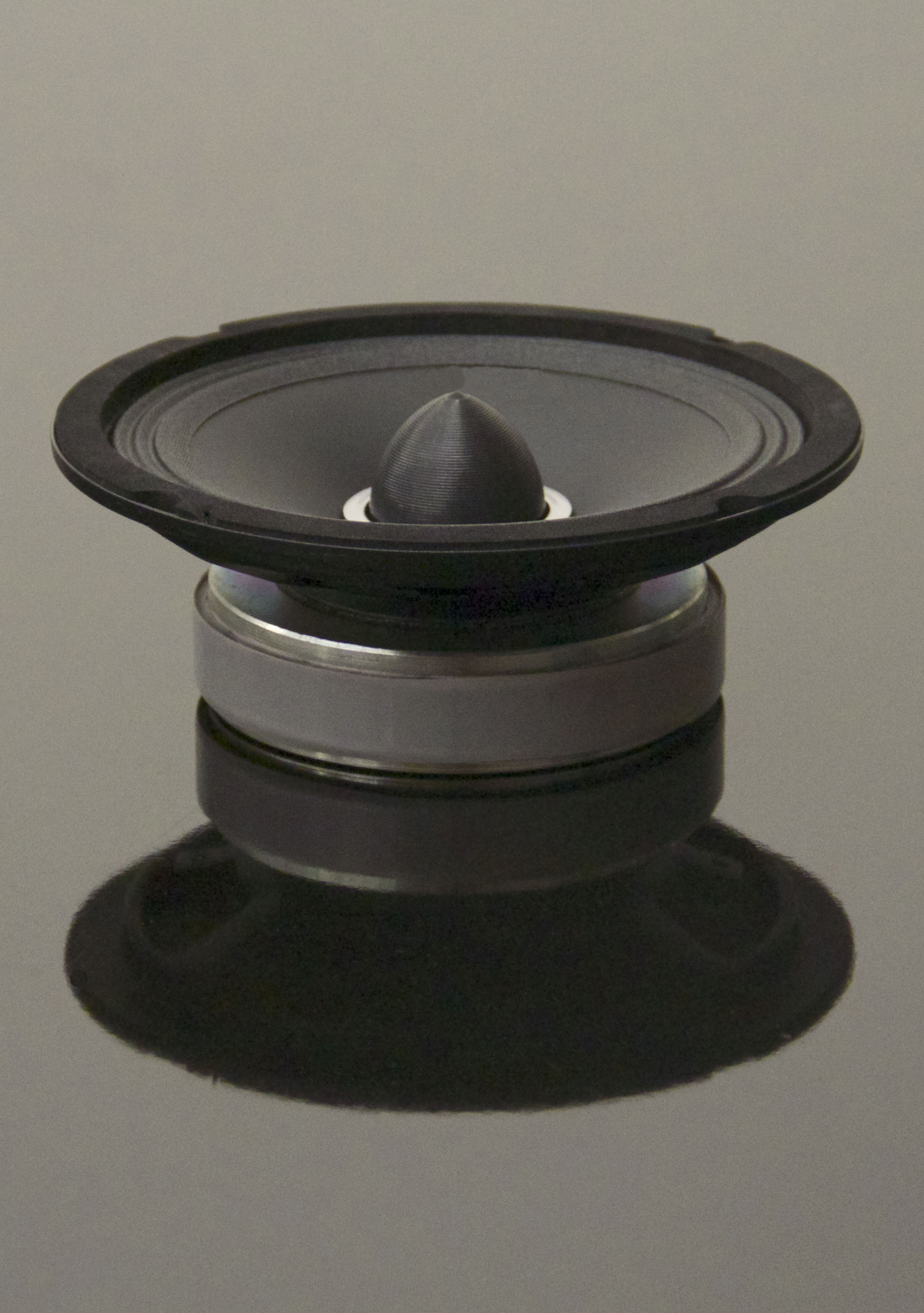
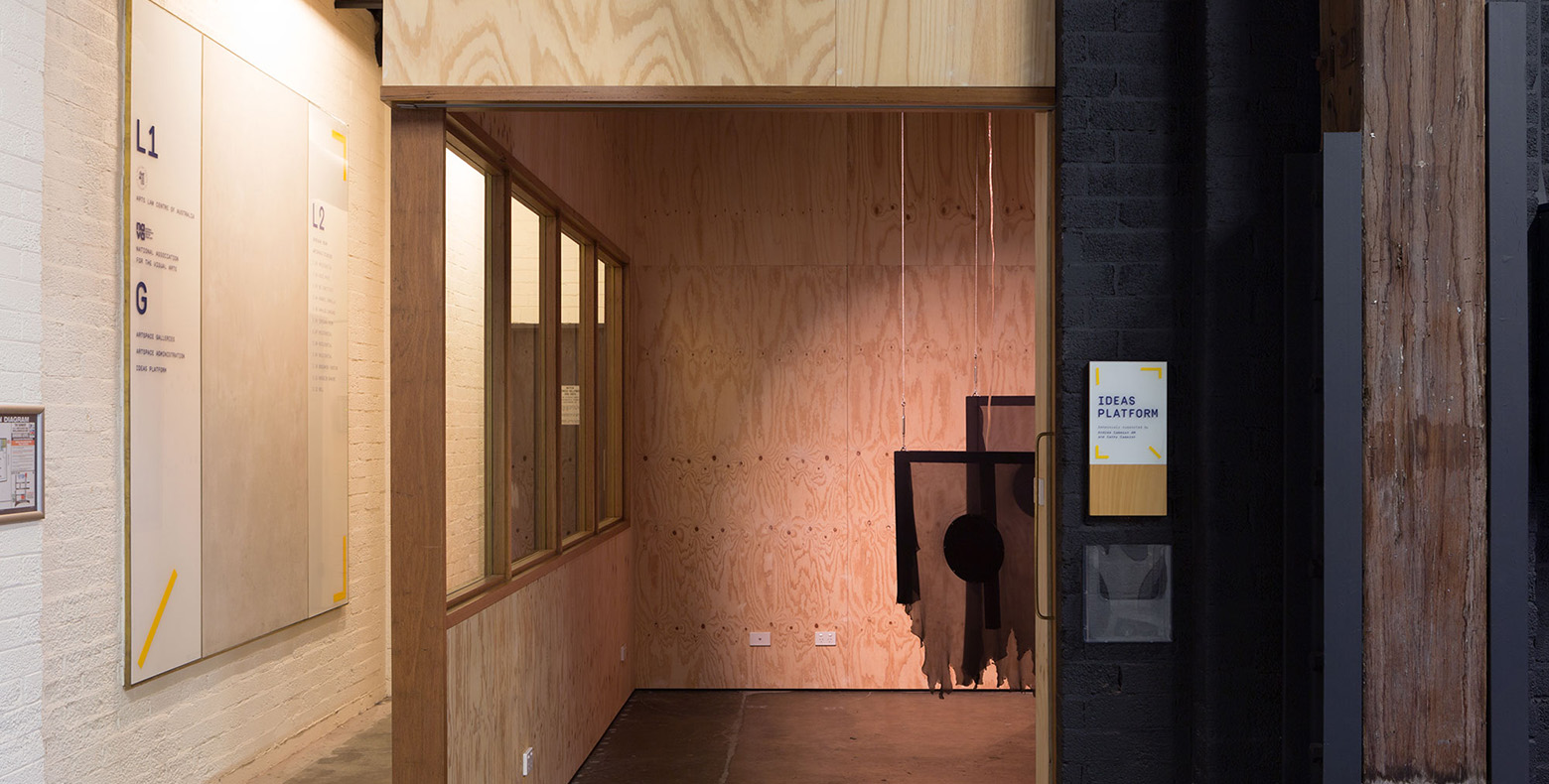
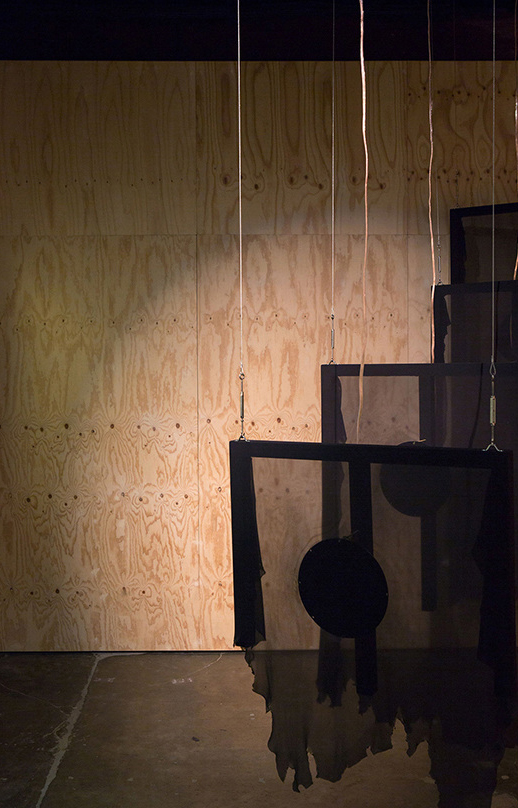

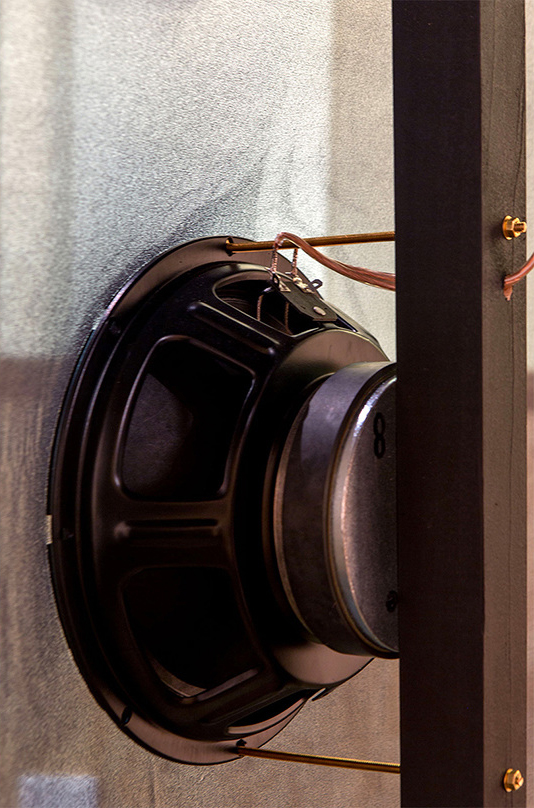
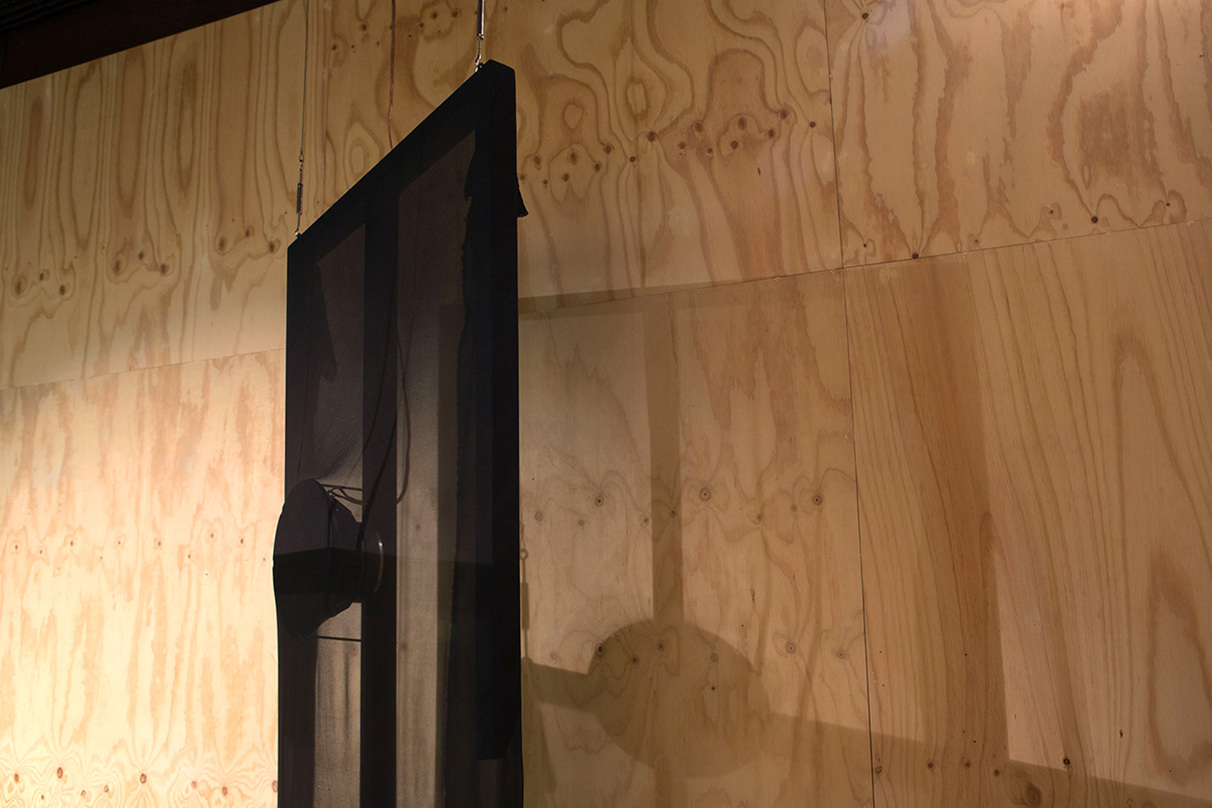
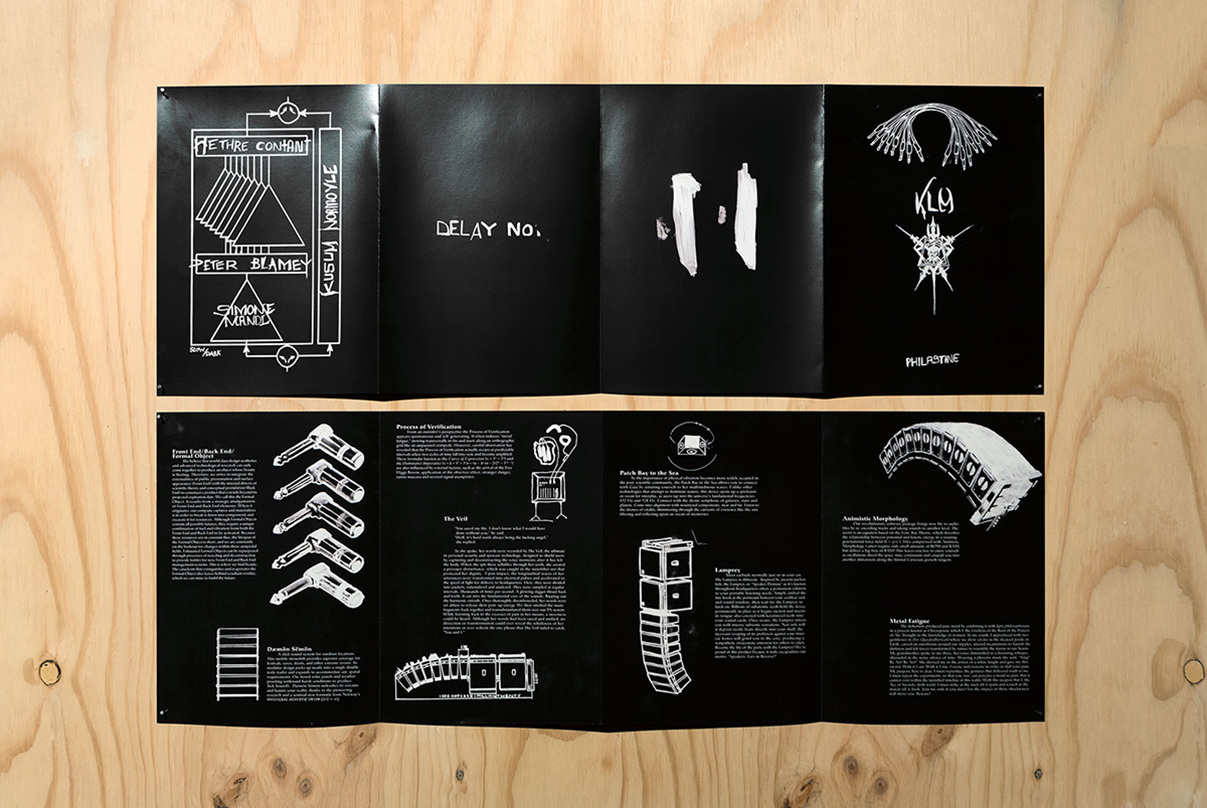
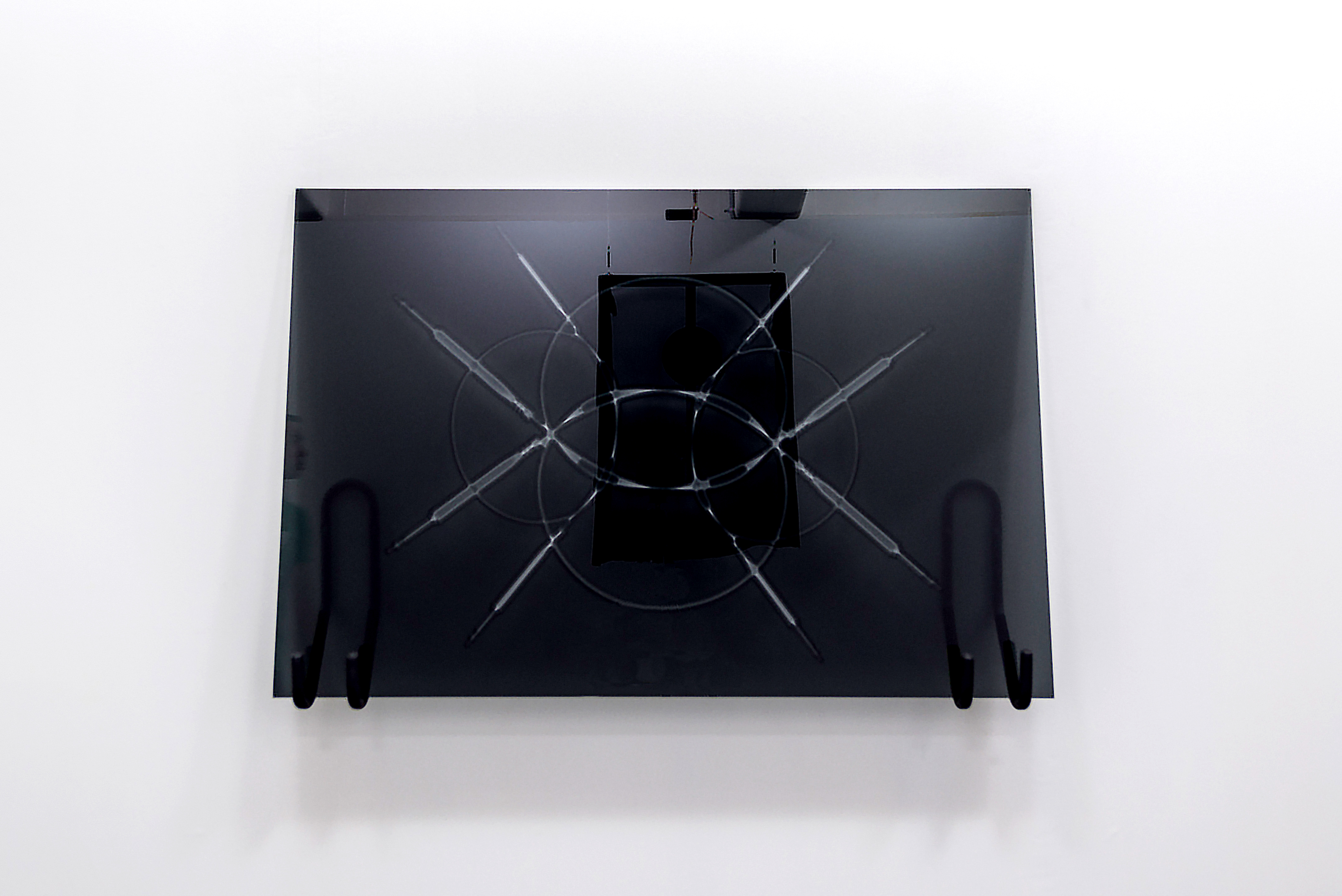

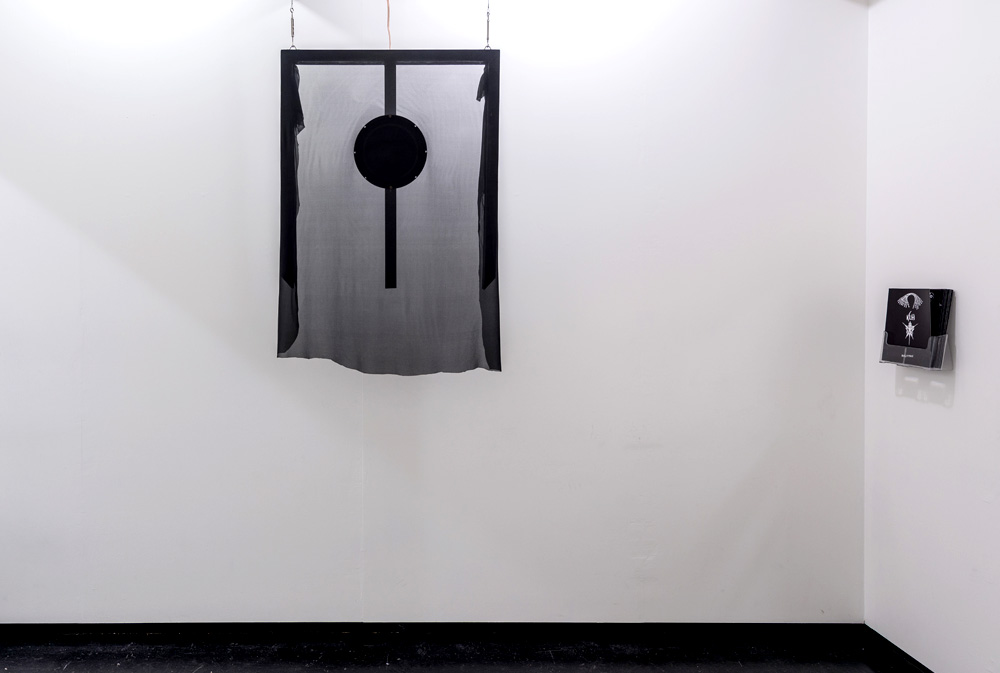
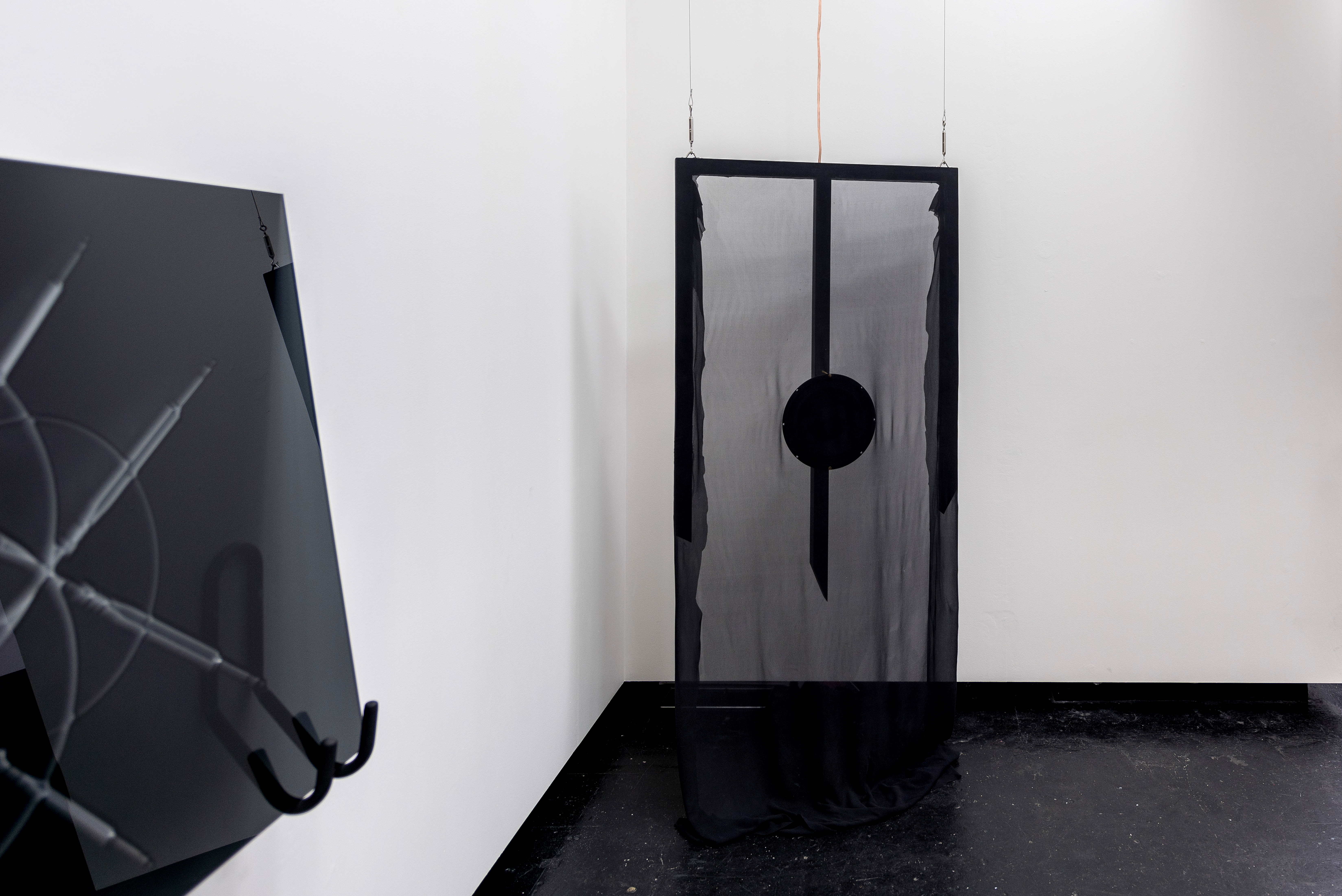
Slow /Dark: The Speaker Who Grew Up To Become A Canvas.
By Tiarney Miekus.
A sound that thinks it’s a painting. A speaker that thinks it’s the bearer of the never-ending bliss of commodified connectivity. A death metal crest that doesn’t realise it’s found its way into an art installation.
These are the kinds of confusions and (dis)associations, the kinds of jokes, that we find in Kusum Normoyle’s Slow /Dark. Armed with voice, multiple speakers and a publication brimming with diagrams, death metal insignia, transmissions and stacks, Slow /Dark revolves on materialising and re-contextualising sound, offering a specific account of utterances in their materiality which is, of course, simultaneously very unspecific, dispersed and endlessly dynamic. In many ways Slow /Dark appears as a formal transformation of the performative site interventions Normoyle is well-known for; public amplified screaming across cemeteries, rooftops, trams and city centres, performances better termed as S.I.T.E. (Screaming in the Everyday). Slow /Dark is a more precise manifestation, offering a subtler intervention that continues Normoyle’s dispersed voice, the linkage of public spaces and sound, and the capacity for perpetuating disruption.
Sound-in-itself is both the most pivotal and the most unimportant aspect of Normoyle’s work. In Slow /Dark the only sound we hear is the guttural and non-linguistic utterances and clicks of Normoyle’s voice, sounds which are re-recorded from initial playbacks and distributed at a low-end 55Hz, resonating alongside periods of silences and gaps. The speakers are prioritised over the speaking, as Normoyle positions a speaker into a canvas frame, delivering a sound dressed up like a painting and inserted at a literal visual level. The speaker knows it’s an imposter and for all the humour of the formal confusion, Normoyle’s utterances are now able to purposefully re-contextualise their own artifacts and space; sound cannot be understood outside of the materiality that renders it possible.
Slow /Dark immediately signals there is a voice without a body, a voice that favours displacement through multiple speakers. There is only one physical body present in this work: the listening body, your body.
To listen within Slow /Dark is to cast attention to the factors that effect listening (whether these factors be personal, spatial, linguistic, social or visual) and to negotiate this perpetual mediation, as Normoyle’s voice is simultaneously non-locatable and multiply located. By depopulating her own voice from her own body, Normoyle’s voice is granted new and differing materiality, where sound is newly expressed in configurations that are potentially endless. This prioritising of material over utterance tends towards both the limits and limitlessness of sound. A tension that pervades Normoyle’s work is the tension between what a sound is, as we hear it, and what a sound has the propensity to be, its capacity to be materialised in multifarious ways, how it can determine and work within a space, how it can be re-contextualised and reproduced; it’s the guts of a sound criticality. By ensuring the audible is manifested through objects of cognition, interpretive value is not given to sound itself, but rather the ideas, practices and associations of uttering and listening. Sound emerges as an index of everything else; sociality, commodification, black metal insignia, paintings, frames, circuits, diagrams, transmissions, jacks, stretched material, a body walking through a gallery. Sound is never pinned down to one material or instance; it is fatally fleeting. These negotiations and associations find their play in an accompanying publication created by Normoyle, Hethre Contant and Peter Blamey, which takes up the voice of a company spruiking exciting products like ‘The Lamprey’ that essentially turns the ear bud into a loudspeaker or ‘Patch Bay to the Sea’ which attunes one’s mind and ear to Gaia, letting you “listen to the drones of vitality shimmering through the currents of existence like the sun filtering and reflecting upon an ocean of memories.” Our relationship to these objects appears not as meaningful, but hyperbolic and gratifying.
Through the publication the work of sound is presented as a labour that material commodities can alleviate or enhance, with sound further expressed through the language of techno-science and the utopias of marketing. As we move into (beyond?) the post-human, Slow /Dark sparks inquiry of the technologies that speak and listen for us, displaying that sound is determined by more than our own mouths and ears; sound is subject to dynamic techno-forms, commodities, desires and systems, as well as being regulated interpreted, transmitted, perceived, monetarised and socialised. At the same moment subjectivity becomes distributed, networked and technologised, we’re greeted with the paradox that sound is inhuman, post-human and very, very human.
Within the exhibition publication sits a diagram of the publication’s ‘performers’ where the sociality and creative input between Normoyle, Contant and Blamey (as well as Simone Mandl) is rendered as sonic transmission, inescapably looped and fed back into each other, with the diagram a reference to composer Alvin Lucier’s similar schematic for Music for Solo Performer. Douglas Kahn has described Lucier’s now well-known decision to think of sounds as measurable wavelengths as having “shifted consideration of musical sounds to all dimensions” rather than the two-dimensional “up or down the keyboard”.1 This desire and tendency towards total expansion, an unfettered multidimensionality that simultaneously knows its own structures, is likewise characteristic of Normyole’s work. Yet despite this important similarity a divide separates the two: Lucier’s schematic diagram wasn’t captioned in death metal font. I have a theory that metal music may be the only art form that escaped postmodernism, which is at once metal’s greatest charm and greatest ignorance. While those outside a metal community may take the music and the insignia ironically, to those within the community, metal is an authentic, sincere and uninterrupted transferal of sound.
The aim here is not to critique the phantasmic experience of metal, but the lack of criticality of the experience. The sounds and insignia of metal are normalised through social, historical and cultural tropes that reference certain (largely male-dominated) communities and these marks unconsciously guide our perception of them; what happens if we pick up this death metal crest and place it here instead? What happens when we refuse to over-determine sound and its visuals and materials? What happens if we make a new gesture with an old trope? Slow /Dark signals the conflicting and varying relationships between the subjective experience of sound and it’s material conditions, which are in turn always mediated by social and cultural processes.
By claiming there is no such thing as an uninterrupted transfer of sound, Normoyle’s work is expanding and preserving a space of criticality that emphasises the shifting and malleable attentions of listening, with sound positioned as something occurring through infinite production and re-production. Listening is not a simple activity but is also a sociality, a body, a contextualising, a visualising and an attention to the how-and-why sound ever materialises in the first place. The work strings together voice, space, visuals, technologies, commodities and cultural tropes - fragments of our contemporary that are delivered as complexly and paradoxically linked, with sound offering a means to articulating notions which often feel both extremely concrete and extremely vague, actual and digital, aesthetic and scientific, fleeting and slow. There is subtle ethic of defiance at play, a refusal to accept habitual practices, regulations and associations, which further gestures towards the future by continually deferring the question of what sounds are, in favour of what sounds can be and do.
1. Kahn, Douglas. ‘Alvin Lucier: I am Sitting in a Room, Immersed and Propagated.’ OASE Immersed 78, 2009, 24-37.
Publication: Kusum Normoyle, Peter Blamey, Heather Contant
Exhibition essay: Tiarney Miekus
Thanks: Liam Garstang & Richard Kean
Exhibition history: Artspace, Ideas Platform, 2016 Nicholas Projects, Melbourne, 2016
Artspace Images: Jessica Maurer
This project has been assisted by the Australian Government through the Australia Council, its arts funding and advisory body.
